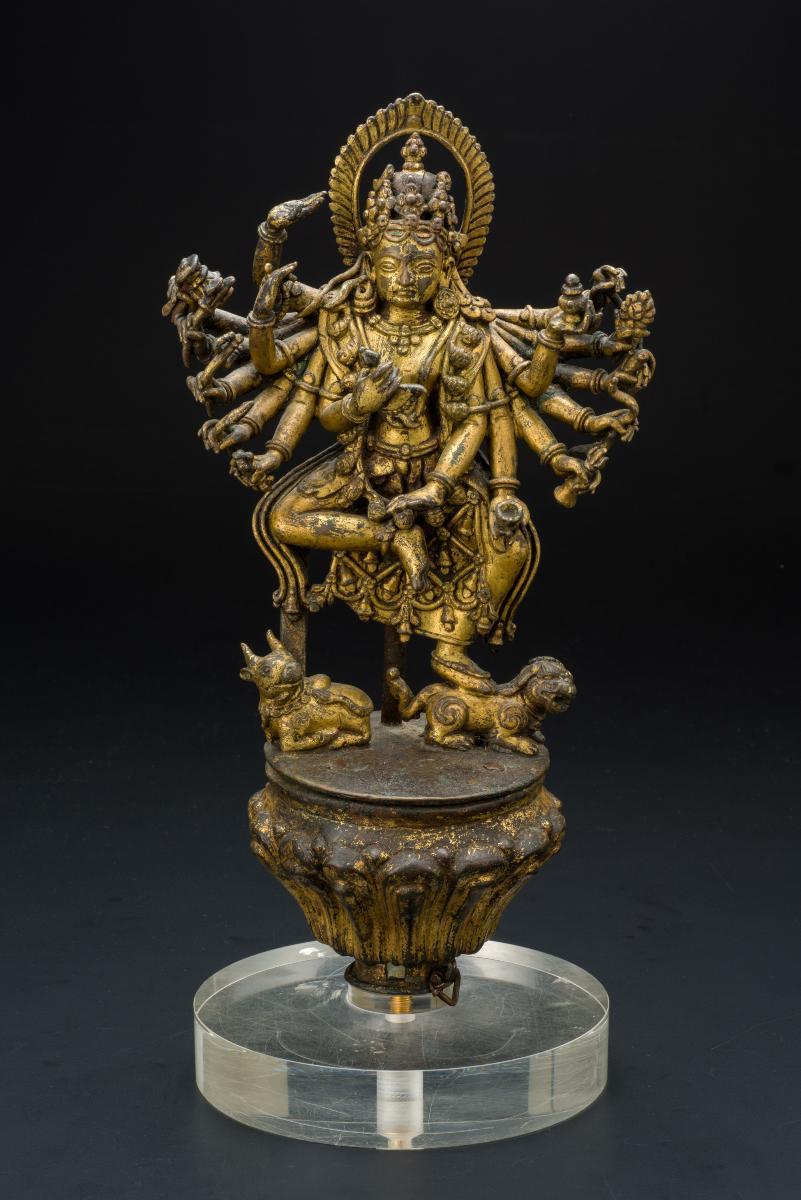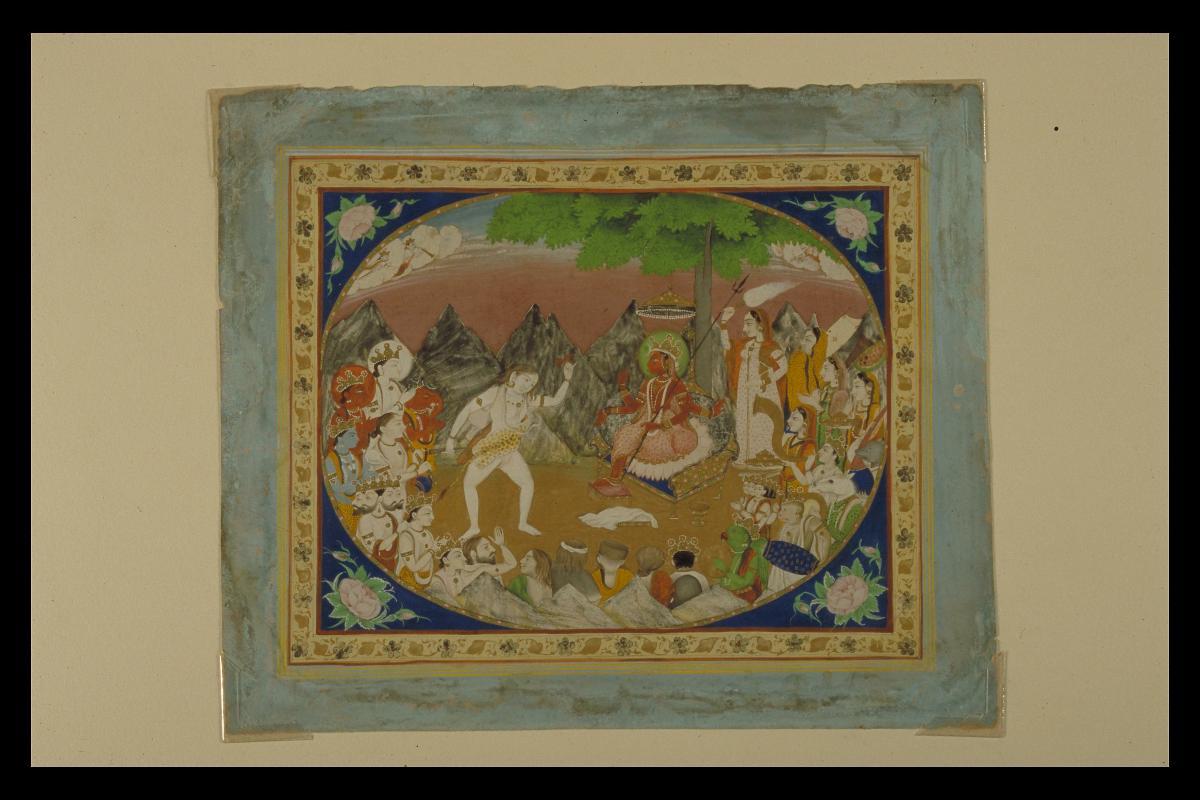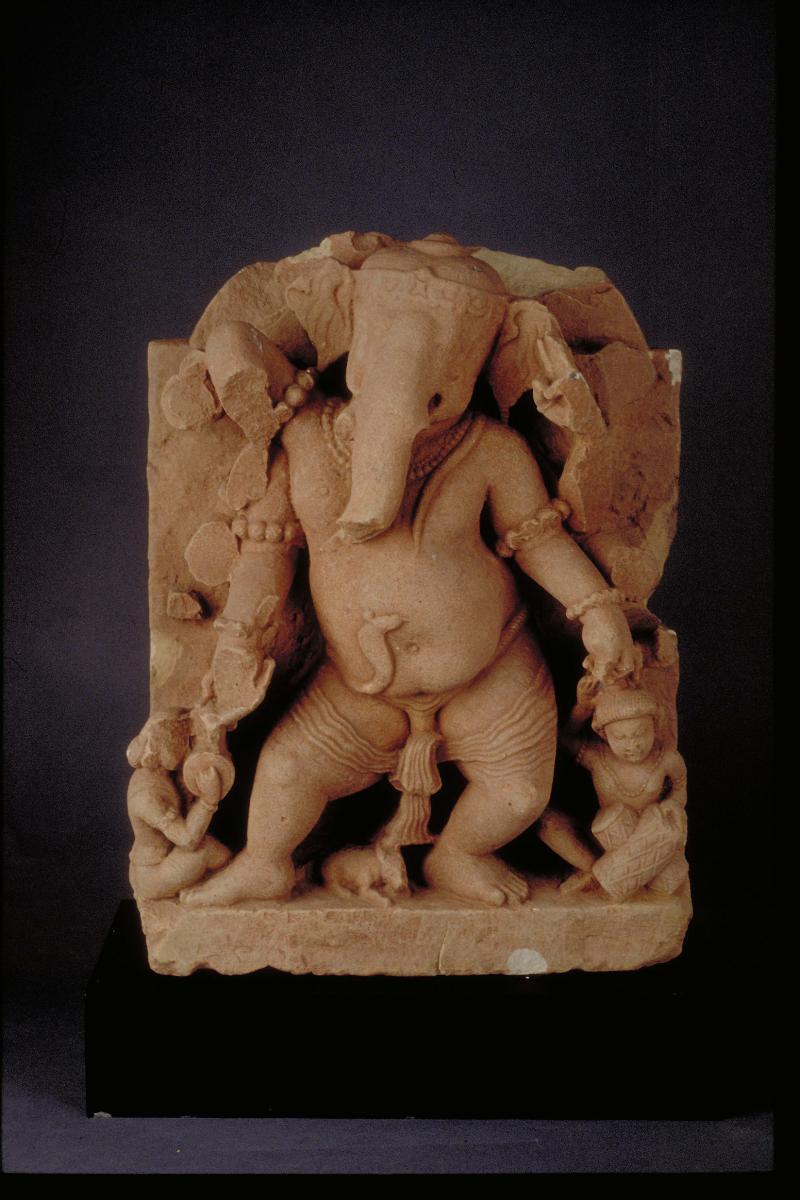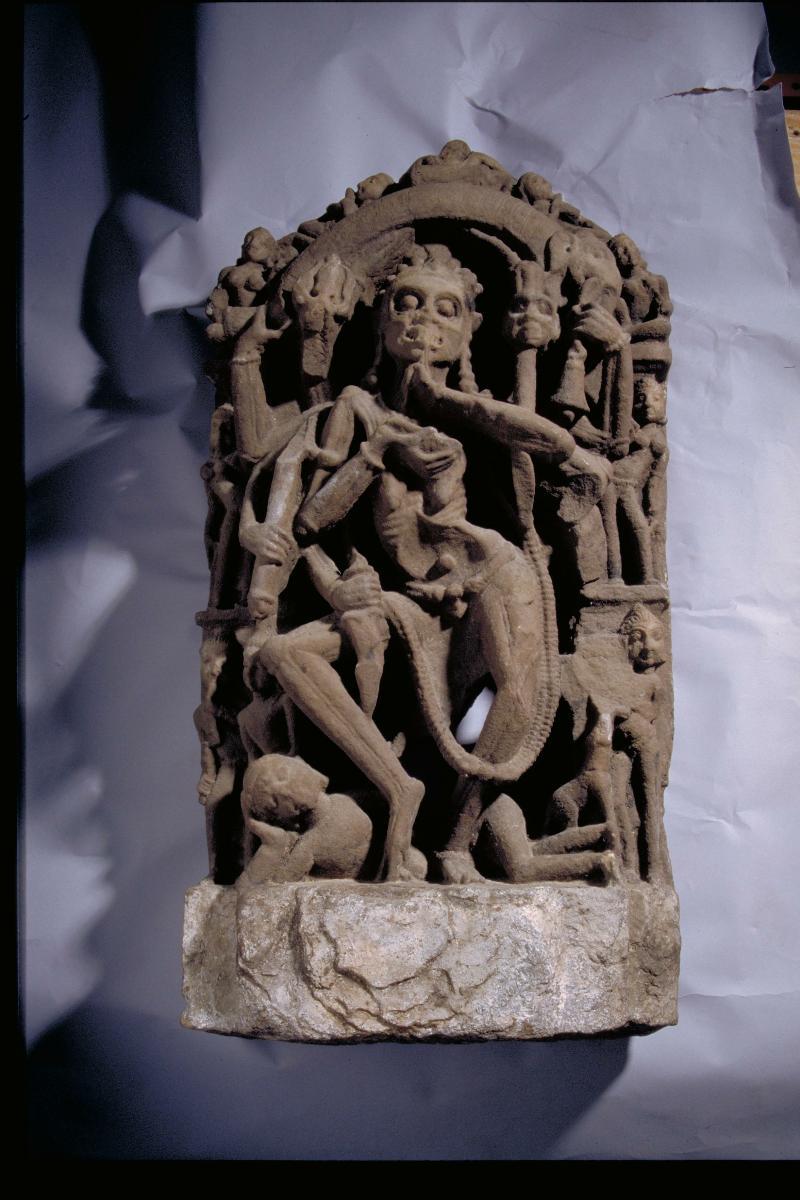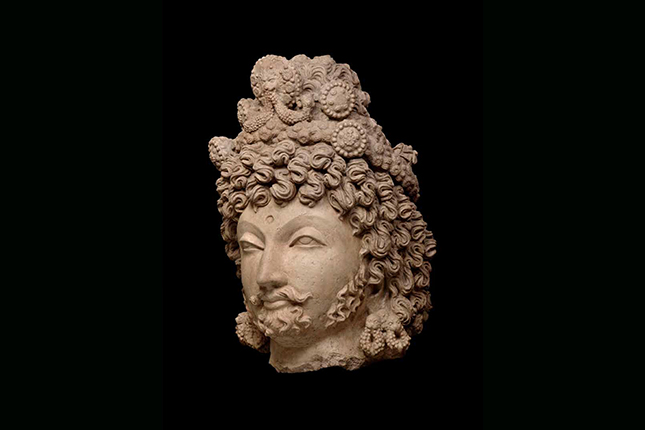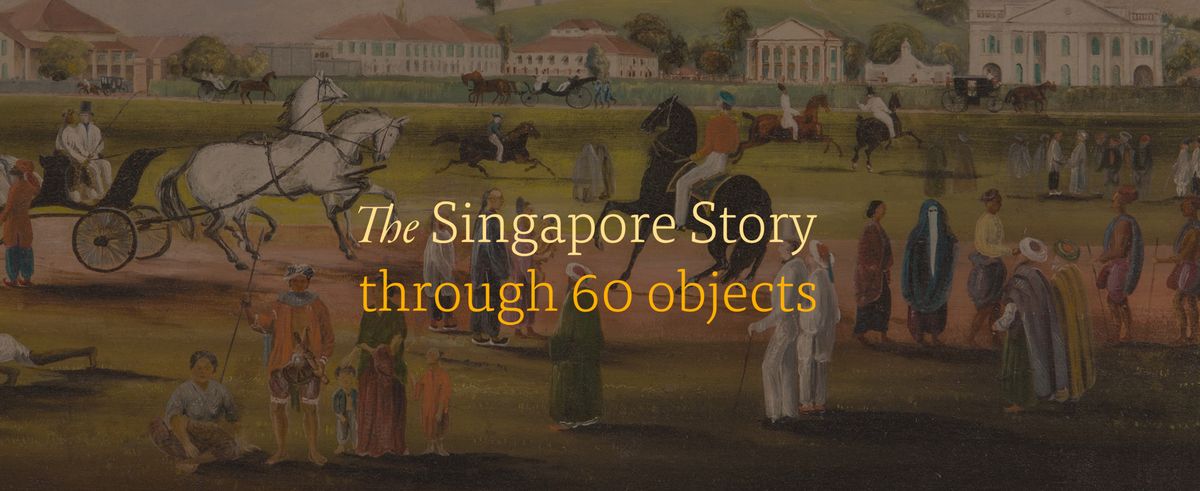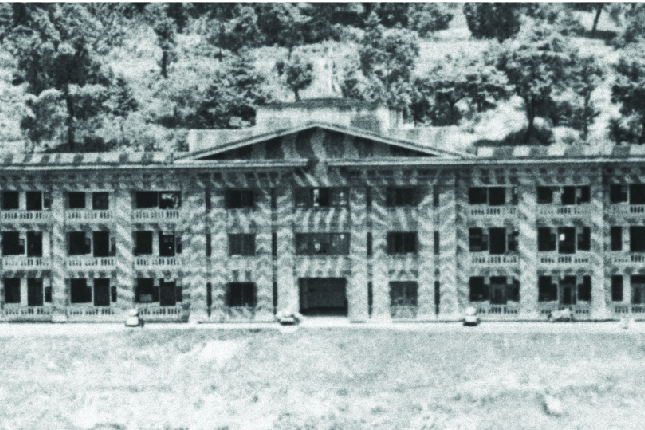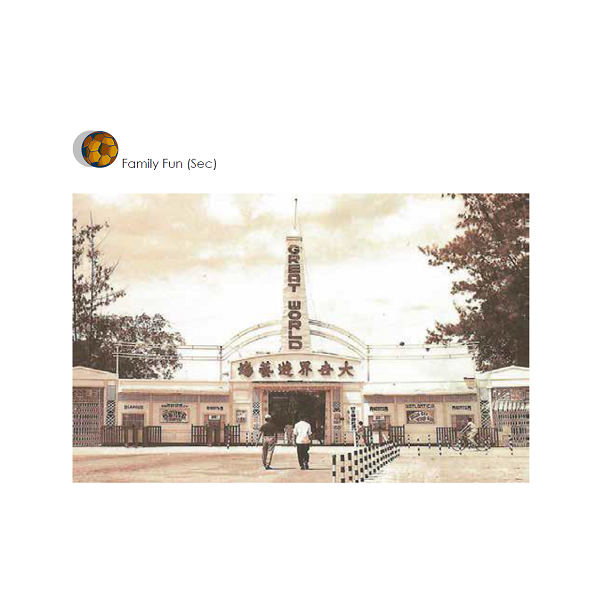The earliest appearance of Ardhanarishvara in Indian iconography can be traced to the Kushan period (c. 1st–3rd century CE). In Nepal, where syncretic forms of Buddhist and Hindu art flourished, Ardhanarishvara assumed this unusual form as a dancing figure. This is a rare and unusual gilt covered bronze figure of the dancing form of Ardhanarishvara, “The Lord Whose Half is Woman,” in which Shiva and Parvati appear as an androgynous, sixteen-armed deity.The iconography denotes the conjoined male and female form of Shiva and Parvati denoting that all apparent opposites are interconnected. Shiva, the male, is on the right side, holding various attributes including the tell-tale trident (trishul), and wearing a snake earring and crescent moon in his hair. On the left is Parvati, wearing a different earring and different coiffure, and with rounded breast. The deity stands with the right foot on Shiva’s mount (vahana), the bull (nandi), and with left foot on Parvati’s mount, the lion (simha). The image wears a garland of skulls and holds the thunderbolt sceptre (vajra), the chopper (kartika), and a skull cup (kapala).The lotus petal base suggests that it once served as the top of a ceremonial staff.




